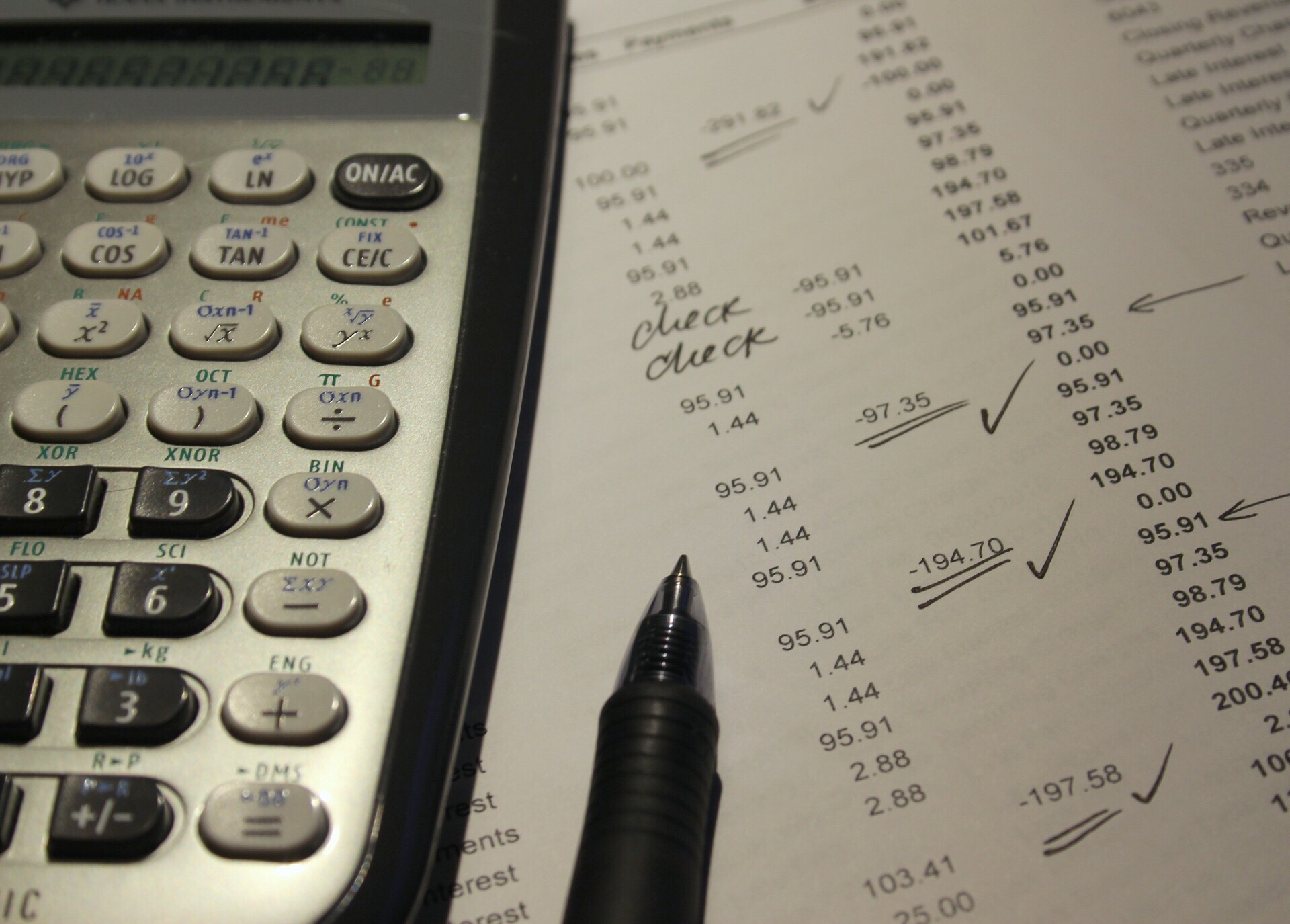“If you can’t afford it, you don’t need it”. Wise words spoken to me by my grandfather one hundred times. That rule is becoming increasingly more difficult to follow in the age of Amazon prime, seamless and online shopping, where you could easily buy anything with the touch of a button while reclining on your sofa with your hand down your pants. We all want the stuff we want, and it’s hard to control your impulses while telling yourself “I’ll worry about the bills next month”. Do you want to always have money? Follow these steps.

The key for any young man is understanding how to budget your money. Simply put, you need to know how much you have coming in each month, how much you are spending each month, and if you have enough cash in between to cover the balance. It seems like an easy process, but the problem is that we actually spend way more than we realize. It could be from that extra round you drunkenly put on your tab at the bar (or the two slices of pizza on the way home). Maybe it’s that random doctor bill you forgot about. Possibly it’s the flowers you bought for grandma on her birthday. If you have a girlfriend, all bets are off, because you can never be quite sure what you’ll end up getting talked into doing with her…so, you’ll have to account for that, too. The bottom line is, we underestimate our expenditures all the time. So how do we account for all of this, while making sure we have some money left over for the tickets to the big game we want to go to, or for that bachelor party in Miami that we’ve been looking forward to?
Financial Planning
Sit down for an hour and write down everything you spend money on, and all of the money you have coming in. You literally have to do this once per year, and then adjust accordingly based on any lifestyle changes (new job, new apartment, etc.). This summary will help get you started:

You’re going to lay out a basic spreadsheet with six columns. The first two columns (column A & B) should be “income”, meaning how much money do you get, after taxes, each paycheck. It’s important to account for if you’re paid bi-weekly, or twice per month. There are twelve months in the year, so if it’s twice a month, you’re getting twenty four paychecks. If you’re being paid bi-weekly, there are fifty two weeks in the year, and fifty two divided in half (bi weekly) means you’re getting twenty six pay checks. Two paychecks is a huge difference, so make sure you understand this before you budget. Also included in here can be any side jobs or income you have (tax refund, bartending, selling stuff on eBay, etc.).
Lastly, make it a point to understand exactly how much cash you take in from all paychecks you receive each month. Just because your salary is $60,000 doesn’t mean you make $5,000 per month. Between taxes, benefits, and 401k, certain checks will be less or more than other checks. Figure that out and account for it. Once you come up with your final monthly number, plug it into your spreadsheet, in column B. In Column A, you’ll write in exactly what the source of income is. Once you’re done, tally up Column B and calculate your total monthly income.
The next two columns (columns C&D) should be fixed expenses, meaning the unavoidable shit you have to pay for each month, no matter what. This includes rent (or mortgage/taxes), renters or homeowners insurance, electricity, TV/cable/internet, cell phone, car/insurance, other means of transport, cell phone bill, laundry, student loans, haircuts, groceries, toiletries (soap, deodorant, toilet paper), etc. Column C will be the name of the expense and Column D will be the number amount. After you’ve finished, tally up column D to get your total monthly fixed expenses.
The last two columns (columns E&F) should be “additional expenditures”, which are things you’ll need to pay for, but things that you can potentially cut out if you need to. This can include dining out, bar tabs, sporting events, concerts, clothing, gym membership, your Xbox live membership, dog food, vacations, etc. Upon completing this, add up column F to understand your additional expenses.
Most important to this whole process is the evaluation of the individual categories. The first step you’ll want to take is comparing Columns B (income) and D (fixed expenses). If D is larger than B, you certainly have a big problem and it means you’ll be in debt faster than an eighteen year old at a strip club the first time in his life. If column B is larger than D, you’re in good shape. Once you subtract D from B, take that amount remaining and compare it column F, your additional expenditures. If you still have money left over, you’re in great shape. If you don’t, it’ll be your responsibility to go through columns E and F and cut things until you’re at least even. This should give you a really clear snapshot of your current lifestyle and finances.

Savings and 401K
Before we end this quick lesson, it’s important to mention one more factor in this process: saving. There are several ways to save money, but the two easiest are a savings account and a 401k. You should set up an automatic deposit so that each paycheck puts a certain percentage of your pay into savings. I’d recommend 10-20%, if you can swing it. This is money you don’t touch until you need it for a big purchase (car, house, engagement ring). You’ll want to deduct this amount from your column B, and do the entire calculation over so that you ALWAYS have some cash in the bank.
Next is 401k, which is a tax free retirement plan that everyone should take advantage of. Usually, the government takes 15-40% of every dollar you earn, depending on how much you earn. People who make lots of money lose 40%, while people earning the least are only taxed about 15%. What this means is that (for someone making $120,000 per year) upon earning a $5,000 paycheck, the government automatically takes roughly 30% of that, or $1,500. You’re left with $3,500.
If you decide to invest some of your earnings in a 401k, the money you put in there doesn’t count towards taxes. It is tax free, meaning you keep more of your money. If you decide to put 10% of your paycheck into a 401k, and your paycheck is due to be $5,000, then $500 is put into the 401k. The government now looks at your paycheck as if it’s $4,500 and not $5,000, and taxes you on the lower amount. With 30% (tax rate) of $4,500 ($1,350) being less than 30% (tax rate) of $5,000 ($1,500) you’ve just saved $150 that check, which on a bi-weekly payment schedule saves you $3,600 that year that the government would’ve automatically taken. Your total 401k that year would be $12,000.
Additionally, most employers will match their employees contribution to their 401k, meaning they will kick in money for free and match what you decide to save. If they match $0.50 on the dollar, you’ve saved $18,000 that year! We recommend opting into a 401k plan. The maximum amount you can contribute to the plan while receiving the tax benefit we explained is $18,000 per calendar year. If you do opt in, you’ll need to account for this in your spreadsheet and lower the income number in column B.

As you begin to budget, it is easiest to have this information in a live Google document that you can set up to calculate it all. It’s simple to make changes on the fly, and it’ll help you make sure you aren’t spending money you don’t have. People who begin to do that end up opening credit cards to deal with the debts they can’t pay at the time, which usually puts them into deeper debt due to high interest fees. In short, understand your cash flow, plan for the future, and you’ll always have money.
You don’t want to be that guy who always complains about money. Smart men are careful enough to save so they have a reserve of cash in case of emergency, and they can splurge on themselves from time to time. Don’t let poor financial habits ruin your fun times.
-Your Big Bro















